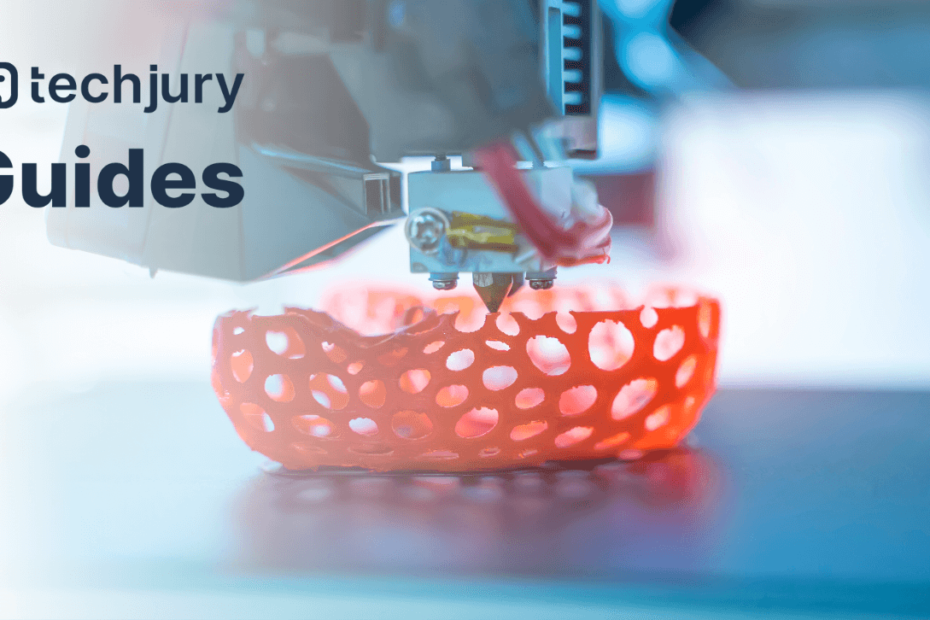The Dawn of Personal Manufacturing
Imagine holding a physical object that moments ago existed only in your imagination. This isn‘t science fiction—it‘s the remarkable world of 3D printing, a technological marvel that‘s reshaping how we create, design, and conceptualize manufacturing.
3D printing represents more than just a technological innovation; it‘s a fundamental reimagining of production processes. By enabling individuals to transform digital designs into tangible objects, this technology has democratized manufacturing in ways previously unimaginable.
The Technological Metamorphosis
When 3D printing first emerged in the 1980s, it was an obscure industrial technique reserved for complex prototyping. Today, it‘s a versatile technology accessible to hobbyists, entrepreneurs, and multinational corporations alike. The journey from specialized industrial tool to mainstream creative platform represents one of the most significant technological transformations of our era.
Understanding 3D Printing: Beyond the Basics
At its core, 3D printing—or additive manufacturing—builds objects layer by layer from digital blueprints. Unlike traditional subtractive manufacturing, which carves objects from larger material blocks, 3D printing adds material precisely where needed, dramatically reducing waste and enabling unprecedented design complexity.
The Technical Landscape
Modern 3D printing encompasses several sophisticated technologies:
Fused Deposition Modeling (FDM)
The most common consumer-level technology, FDM works by heating and extruding thermoplastic materials through a precision nozzle. Imagine a robotic hot glue gun meticulously building complex structures millimeter by millimeter.
Stereolithography (SLA)
Using ultraviolet laser technology, SLA cures liquid resin into solid objects with extraordinary precision. This method produces incredibly smooth surfaces and is particularly popular in fields like jewelry design and medical modeling.
Selective Laser Sintering (SLS)
SLS technology uses powerful lasers to fuse powdered materials—including metals, ceramics, and polymers—into complex, durable structures. This technique enables manufacturing of components with intricate internal geometries impossible through traditional methods.
The Economic Revolution: From Concept to Commerce
3D printing isn‘t just changing how we make things—it‘s transforming entire economic ecosystems. Small businesses and individual entrepreneurs can now compete with traditional manufacturers by rapidly prototyping and producing specialized products.
Market Dynamics
Global 3D printing market projections are staggering. According to recent research, the industry is expected to grow from $12.6 billion in 2021 to over $34 billion by 2026, representing a compound annual growth rate of approximately 22%.
Industry Adoption Trends
Different sectors are embracing 3D printing at varying rates:
- Aerospace: Lightweight, complex component production
- Medical: Custom prosthetics and surgical planning models
- Automotive: Rapid prototyping and specialized part manufacturing
- Consumer Products: Personalized design and small-batch production
Materials: The Building Blocks of Innovation
The materials used in 3D printing have evolved dramatically. Modern printers can work with an astonishing array of substances:
Polymer Innovations
- PLA (Polylactic Acid): Biodegradable, plant-based material
- ABS (Acrylonitrile Butadiene Styrene): Durable, impact-resistant plastic
- PETG: Food-safe, strong, and versatile
Advanced Material Frontiers
- Metal Alloys: Enabling aerospace and medical innovations
- Ceramic Composites: Precision engineering components
- Biomaterials: Tissue engineering and medical applications
Practical Applications: Transforming Everyday Life
3D printing‘s potential extends far beyond industrial applications. From home improvements to creative pursuits, this technology is reshaping how we solve problems and express creativity.
Home and Personal Projects
Imagine designing a custom smartphone stand perfectly tailored to your desk, or creating personalized kitchen accessories that solve unique organizational challenges. 3D printing makes these scenarios not just possible, but remarkably accessible.
Creative Possibilities
- Custom organizational tools
- Personalized home decor
- Unique gift designs
- Specialized hobby equipment
The Entrepreneurial Frontier
For ambitious creators, 3D printing represents an unprecedented opportunity to transform passion into profit. Online marketplaces like Etsy have become launching pads for innovative designers selling custom-printed products.
Monetization Strategies
- Custom jewelry design
- Specialized accessories
- Home decor innovations
- Personalized figurines
Sustainability and Environmental Impact
Traditional manufacturing often generates significant waste. 3D printing‘s additive approach minimizes material consumption, offering a more environmentally conscious production method.
Ecological Advantages
- Reduced material waste
- Lower carbon emissions
- Localized production
- Recyclable material usage
The Future of Manufacturing
As artificial intelligence, machine learning, and advanced materials science converge, 3D printing stands at the forefront of a manufacturing revolution. The ability to design, prototype, and produce complex objects with minimal infrastructure represents a fundamental shift in how we conceptualize production.
Emerging Technological Convergence
- AI-driven design optimization
- Advanced material development
- Distributed manufacturing networks
- Real-time production customization
Conclusion: Your Manufacturing Journey Begins
3D printing isn‘t just a technology—it‘s an invitation to reimagine what‘s possible. Whether you‘re a hobbyist, entrepreneur, or industry professional, this technology offers unprecedented opportunities for creativity, innovation, and problem-solving.
Your journey into the world of 3D printing starts with curiosity, imagination, and a willingness to explore. The only limits are those of your creativity.
